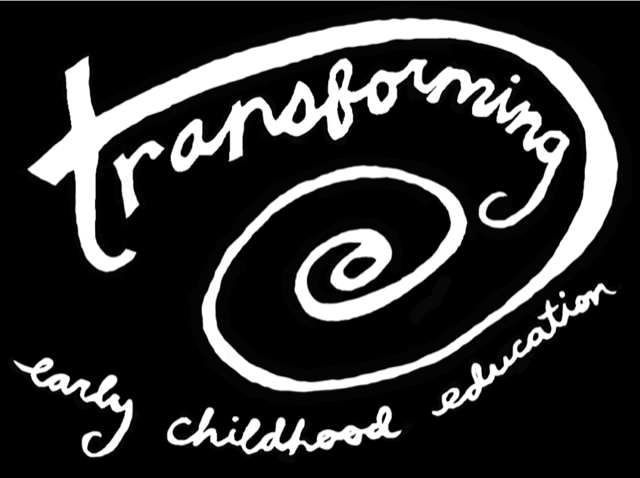Conversations Not Interrogations
Conversations Not Interrogations
I spend my days chatting with early childhood professionals. One of the statements I often hear is, “I have more children receiving speech and language services this year than I have any other year.” Although there may be many reasons behind this concerning trend, there are simple things we can do in the classroom to ensure that we spend our days fostering language development and not talking at or interrogating the children in our programs.
Young children do not learn language via a screen. The overuse of technology is detrimental to our children’s language development. Take a few minutes to watch this fantastic video on the linguistic genius of babies by Patricia Kuhl. Children learn language by being around language. They need language-rich environments where they can be involved in conversations.
The ping-pong match of back-and-forth conversations is called serve and return. This simple connection-rich practice can be part of our daily interactions with all children in our care. Take a few moments to watch this video which shares the science of neglect and this video the importance of serve and return interactions.
At times, early childhood educators will offer commentary or narration about what is happening. This can add to a child’s interests, help them learn new concepts, and help them understand the world around them. It is important to remember that filling the classroom with our voices can be overwhelming. Using commentary or narration while focused on a child versus speaking into the space will have the most beneficial impact on fostering language development.
Too often, adults do something that I call a “quiz show.” They barrage a child with questions, which could feel more like an interrogation than a conversation. These questions often are formulated so they receive close-ended responses. While asking questions can be a fantastic way to foster language development, it isn’t when it is done in the “quiz show” or interrogation style. To promote language development, we want to ask open-ended questions. Instead of asking who the main character in the book is, we can ask who your favorite character is. This simple wording switch will make all the difference in the response you receive from the child.
We live in a world filled with instant gratification. We are used to finding answers to our questions very quickly without using our critical thinking skills. To promote critical thinking, problem-solving, and language development, I encourage you not to give the children answers to all of their questions. Instead of giving an answer, help the child find the answer. This can be a little frustrating for the children at first, but with a little assistance, they will learn that they have the power to track down information.
Reflection Questions:
How do you create a language-rich learning environment for the children in your care?
Do you ask close-ended (yes/no) questions? If so, what changes can you make to this practice?
How frequently do you ask a child who has asked you a question, “What do you think?” Is this always the best response?
How can you educate families on the importance of conversing with their children? What ideas can you provide them to help them transition to being more present with their children?



